Mid-Tower Mega Roundup
by Joshua Buss on September 8, 2005 12:05 AM EST- Posted in
- Cases/Cooling/PSUs
Antec Sonata II (cont'd)
Something that is often an annoyance with cases is poorly-fitting or just plain difficult to use side panels, and thankfully, the Sonata II is an exception. After removing the panels, the case is quite different looking on the inside from most enclosures.
The upper part is where the additional square bracket (pictured on the far left) attaches to cool air directly to the CPU cooler better, and the smaller hole beneath can either be covered by the second square piece to the left or filled in with an 80mm fan for extra air flow directed right at the hottest expansion cards. Since an 80mm fan wasn't included for this purpose, our testing was done with the plastic piece in place. Even without any active parts directly attached to the unit, our Zalman CPU cooler benefited from the direct access to cool air, thanks to this duct.
Something that is often an annoyance with cases is poorly-fitting or just plain difficult to use side panels, and thankfully, the Sonata II is an exception. After removing the panels, the case is quite different looking on the inside from most enclosures.
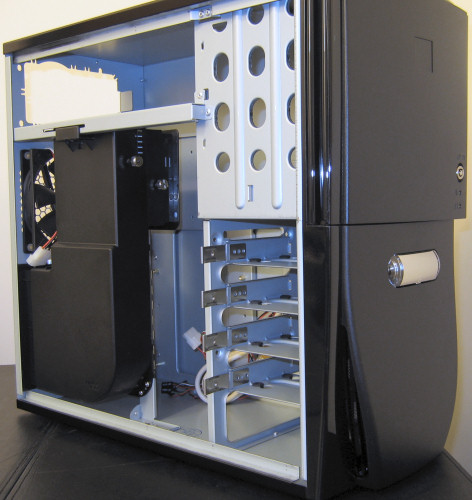
The upper part is where the additional square bracket (pictured on the far left) attaches to cool air directly to the CPU cooler better, and the smaller hole beneath can either be covered by the second square piece to the left or filled in with an 80mm fan for extra air flow directed right at the hottest expansion cards. Since an 80mm fan wasn't included for this purpose, our testing was done with the plastic piece in place. Even without any active parts directly attached to the unit, our Zalman CPU cooler benefited from the direct access to cool air, thanks to this duct.
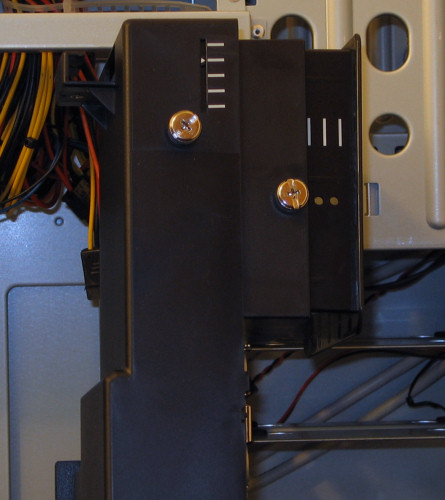
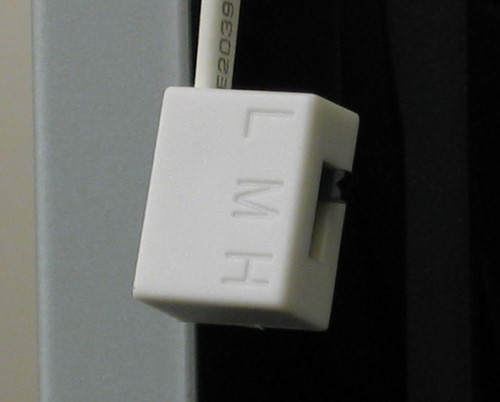
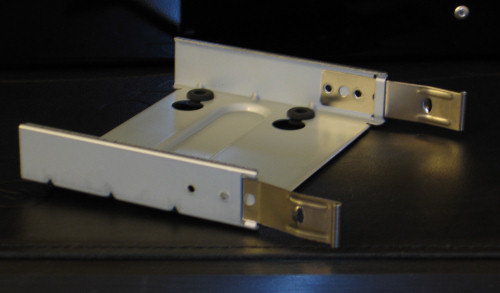
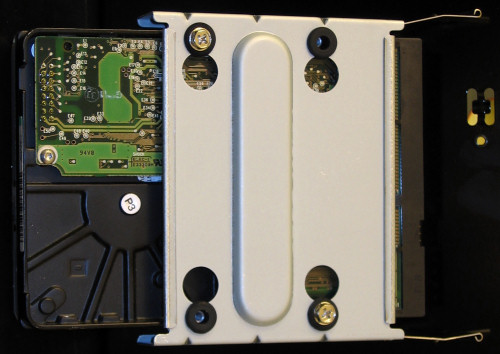
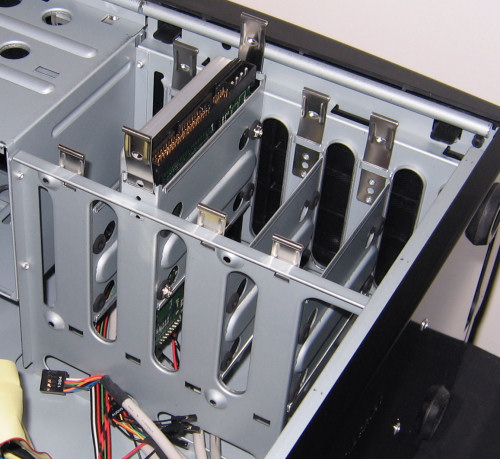


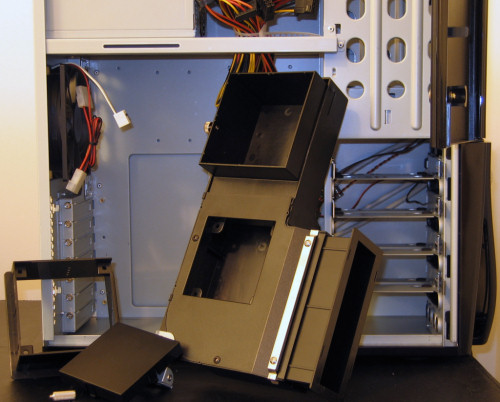








48 Comments
View All Comments
RupertS - Thursday, September 8, 2005 - link
The power supply is a good part of the total value of the case. Also, some of the cases may work better (cooling, sound) with the power supply they come with.Hard to compare prices like this.
johnsonx - Thursday, September 8, 2005 - link
Ditto that... this complaint has been leveled before of course:Anandtech should at least mention what power supply is (or can be) included with the case, and give some sort of subjective rating of same. For example, the Aspire case is most often available with a 420W power supply (usually a mere $15 or so more than the PS-less version), but I've heard it's crap... but maybe it isn't; I'd like Anandtech to tell me.
Likewise, the Sonata II ALWAYS (AFAIK) includes a SmartPower 2.0 450... doesn't that add significantly to the value equation? (granted, it'd be better if it were a TruePower 380 like the old Sonata, but a SmartPower 2.0 is nothing to scorn)
ElFenix - Thursday, September 8, 2005 - link
everyone should read the reviews on SPCR before setting up a system on this case. the reviews are very thorough and tests it in multiple configurations, and it turns out there are things you can do to improve its thermal performance by quite a bit (such as duct taping over the holes next to the power supply)flatblastard - Thursday, September 8, 2005 - link
Duct tape on a brand new case? I don't think so..... Well, I personally wouldn't do it, but for modders/OCers I guess it might make sense.fass mut - Thursday, September 8, 2005 - link
what's the link to the article?ElFenix - Thursday, September 8, 2005 - link
all three articles, the first is over main features, the second is an absolutely silent computer, and the third is more mainstream rigshttp://www.silentpcreview.com/article249-page1.htm...">http://www.silentpcreview.com/article249-page1.htm...
http://www.silentpcreview.com/article254-page1.htm...">http://www.silentpcreview.com/article254-page1.htm...
http://www.silentpcreview.com/article255-page1.htm...">http://www.silentpcreview.com/article255-page1.htm...
jonp - Thursday, September 8, 2005 - link
Doesn't an ATX extension cable for $4 cover the power supply to motherboard distance concern? Granted, Antec could have included it with the case; but it's NO big deal to resolve. Shouldn't be an issued when deciding.mjz - Thursday, September 8, 2005 - link
i hate lian li cases. I spent probably 200 dollars on their case (2 years ago) and it vibrates too much, the sound is pissing me off. I guess it can't handle my raptor or something.Tamale - Thursday, September 8, 2005 - link
I too agree that way too many of these cases are kinda ridiculous looking, but someone said it best when they said "the Eclipse must look better in person"... it really does. I liken it to those fancy cd players from places like brookstone and the sharper image..It's flashy, sure, but at least it's kinda 'classy flashy', if you know what I mean. If that kinda look still doesn't please you at all, there's always cases like the P-180 ;)
mkruer - Thursday, September 8, 2005 - link
Considering that I have a PC-V2000 Plus. I am in a unique position to voice my opinion for everyone reading this thread. I will say that yes the cases Lian Li cases are overly expensive, but considering that they are the only “all aluminum” case manufacture, and they have arguably the best design, they can get away with it. The main issues with an “all aluminum” case is that because aluminum is light then steal and yet does not have the absorbing capacity of plastic, aluminum as rule of thumb tends to be louder. However there are three things you can do o improve the noise ratio of the system. First is to install sound absorbing foam in the case. This will cut down on high pitched noise. Next is to install quieter fans. The Lian Li fans are good, but they are only about average in the noise to air ratio. Finally and this is the biggest thing. In order to cut down on the “wan wan” resonance sound coming form the case you need to suspend the drive is a sling and not it the mounting bays. This by far reduces the most noise.